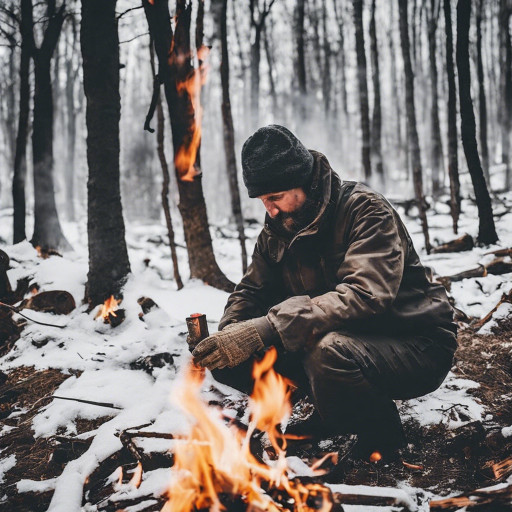
Fire Starting Techniques for Cold Weather Survival
Essential Fire Starting Techniques for Surviving Extreme Cold Conditions
Mastering the skill of starting a fire in frigid temperatures is not just advantageous; it is a critical survival necessity in the unforgiving environment of winter, where the cold is biting and winds can be relentless. As an experienced survivalist, you recognize the vital role that fire plays in keeping your body warm, providing light, and allowing for the preparation of food. However, igniting a fire in icy conditions introduces distinct challenges that require specialized techniques and strategies. This in-depth guide will explore the most effective and reliable methods for successfully creating fires in cold weather, ensuring you are well-equipped with the essential knowledge and skills needed to thrive in the wilderness despite the frigid grip of winter.
Prepare Your Fire Starting Gear for Cold Weather Adventures
Before embarking on any winter expedition into the wilderness, it is crucial to arm yourself with the appropriate gear and supplies that can significantly enhance your chances of survival. A well-stocked fire-starting kit can be the determining factor in overcoming the challenges posed by harsh weather conditions. Ensure that your kit contains these indispensable items:

a. Reliable Firestarters: Essential tools like waterproof matches, storm-resistant lighters, and fire-starting rods are crucial for ensuring ignition, even in challenging conditions such as wind and moisture. Having multiple reliable options at your disposal will instill confidence, enabling you to ignite a fire regardless of the obstacles you may encounter.
b. High-Quality Dry Tinder: Obtaining dry tinder in freezing temperatures can be exceptionally difficult. To counter this challenge, pack highly flammable materials such as birch bark, fatwood shavings, and cotton balls infused with petroleum jelly. These items catch fire quickly and dramatically increase your chances of successfully starting a fire when temperatures plummet below freezing.
c. Sufficient Kindling: To establish a strong base for your fire, gather dry sticks, twigs, and leaves. Ensure these materials are completely dry, as any moisture can hinder the ignition process and lead to frustration when trying to spark a flame. Properly prepared kindling is essential for transitioning from tinder to a more substantial fire.
d. Ample Fuel Supply: Finding dry firewood in sub-zero temperatures can be both challenging and time-consuming. Thus, having a sufficient stockpile of dry firewood ready beforehand is vital for maintaining a consistent fire for an extended period, allowing you to stay warm and cook food comfortably.
Select the Best Location for Your Fire: Maximize Safety and Efficiency
When temperatures drop significantly, choosing the right location for your fire can provide substantial advantages. Seek out sheltered areas, such as rock formations or dense shrubs, to minimize exposure to harsh winds. By positioning your fire near a natural windbreak, you not only reduce heat loss but also increase the likelihood of sustaining a steady flame. Additionally, consider constructing a small wind-resistant shelter using logs or a tarp to shield the fire from precipitation and help retain warmth, ultimately enhancing your comfort and safety in the great outdoors.
Master Layering Techniques for Building a Sustainable Fire
One of the most vital techniques for successfully igniting a fire in cold conditions is mastering the layering of your materials. To create a fire that burns consistently, it is essential to use three foundational layers: tinder, kindling, and fuel. Here’s a detailed breakdown of each layer and its importance:
a. Tinder Layer: The initial layer, known as tinder, comprises materials that ignite quickly and easily. Utilize fine, dry substances like grass, paper, or the aforementioned birch bark to ensure a robust initial flame. It is crucial to have an ample quantity of tinder to achieve successful ignition, particularly in cold environments.
b. Kindling Layer: This layer consists of small sticks and twigs that catch fire rapidly and produce sustained heat. Gradually add kindling to your flame, ensuring adequate space between pieces to encourage airflow and support combustion. This step is essential for transitioning from small flames to a larger, more stable fire.
c. Fuel Layer: After establishing a steady flame, gradually introduce larger pieces of firewood. Ensure that the wood is dry, as it will burn longer and generate more heat. Increase the size of the wood pieces progressively, allowing the flames to grow stronger before adding larger logs. This strategic approach to layering your fire promotes a stable and sustainable flame.
The layering technique creates a structured setup that allows the flames to expand and sustain themselves effectively. Always ensure you have an adequate supply of each component readily available to facilitate a seamless transition from tinder to fuel, guaranteeing a successful fire in challenging conditions.
Boost Your Fire Starting Success with Proven Aids and Techniques
In extremely cold weather, utilizing additional fire-starting aids can greatly enhance your chances of successfully igniting a fire against the challenges posed by low temperatures. Here are some effective methods to consider:
a. Fatwood: Often hailed as nature’s firestarter, fatwood is resin-infused pine wood that ignites easily and burns with intense heat. You can gather these naturally occurring sticks from fallen pine trees or purchase them from outdoor supply stores. A few pieces of fatwood can significantly boost your chances of successfully starting a fire in frigid conditions.
b. Alcohol-Based Hand Sanitizer: Surprisingly effective, alcohol-based hand sanitizer is highly flammable and serves as an excellent accelerant. Applying a small amount to your tinder or kindling can help ignite a fire rapidly, even in damp conditions, simplifying the fire-starting process and ensuring you remain warm when it matters most.
c. Char Cloth: Char cloth is specially prepared fabric that ignites easily from sparks, making it an exceptional tool for starting fires using flint and steel or a lighter in difficult situations. Its lightweight and portable nature makes it an ideal addition to your fire-starting kit, ensuring you are always prepared for the unexpected.
Incorporating these fire-starting aids into your cold-weather toolkit can significantly enhance your chances of success when facing particularly challenging conditions, enabling you to adapt effectively to your environment.
Explore Effective Fire Starting Techniques for Cold Weather Challenges
As a dedicated survivalist, continually honing your skills is essential for your success. Here are two fire techniques that excel in cold weather conditions:
a. Swedish Torch Method: Also known as a Canadian Candle or Finnish Fire Log, the Swedish Torch is an extraordinarily effective fire-starting method. This technique provides a stable and long-lasting flame, making it ideal for combating winter chills. To create a Swedish Torch, find a log about knee-height and cut several vertical slits along its length. Place tinder in the slits and ignite it. The log will act as a consistent fuel source, allowing the flame to endure for an extended period, ensuring warmth and safety.
b. Dakota Fire Hole Technique: In the face of strong winds, the Dakota Fire Hole method is exceptionally effective. This technique involves digging a hole and tunneling horizontally underground to create an airflow vent. This design utilizes wind to enhance airflow, resulting in a more efficient fire that is less likely to be disrupted by gusts. Moreover, the Dakota Fire Hole method effectively reduces visible smoke while conserving fuel, making it an excellent choice for discreet fire building.
Regardless of the method you choose, always prioritize safety and responsible fire management to minimize risks and ensure a successful fire-starting experience.
Successfully igniting a fire in cold weather requires meticulous planning and execution. By following these steps—preparing a reliable fire-starting kit, selecting an appropriate location, mastering layering techniques, utilizing fire-starting aids, and employing specific fire strategies—you will significantly enhance your chances of success. Remember, practice is key, so consistently train to refine your skills and boost your confidence. With these essential tactics for igniting fires in freezing conditions in your toolkit, you’ll be well-prepared to tackle even the harshest winters that nature can throw your way. Stay warm, prioritize your safety, and keep the flames of survival alive!
The post Fire Starting Methods for Survivalists in Cold Weather appeared first on Survival Bite.
The Article Fire Starting Techniques for Cold Weather Survival Was Found On https://limitsofstrategy.com
The Article Cold Weather Survival: Essential Fire Starting Techniques First Appeared ON
: https://ad4sc.com

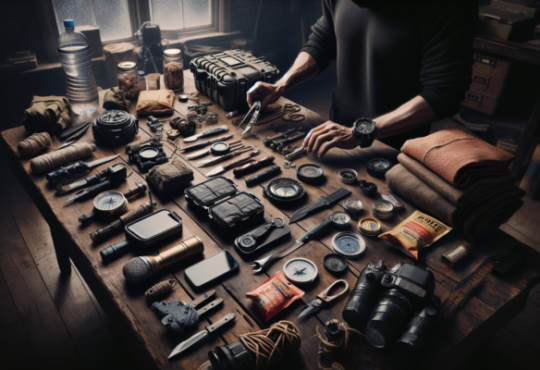
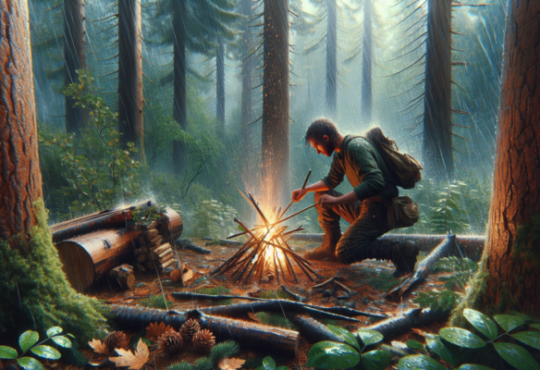
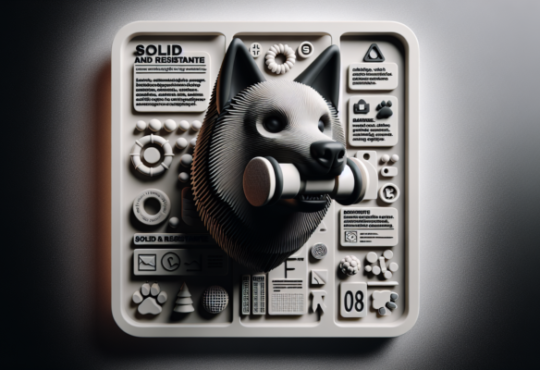




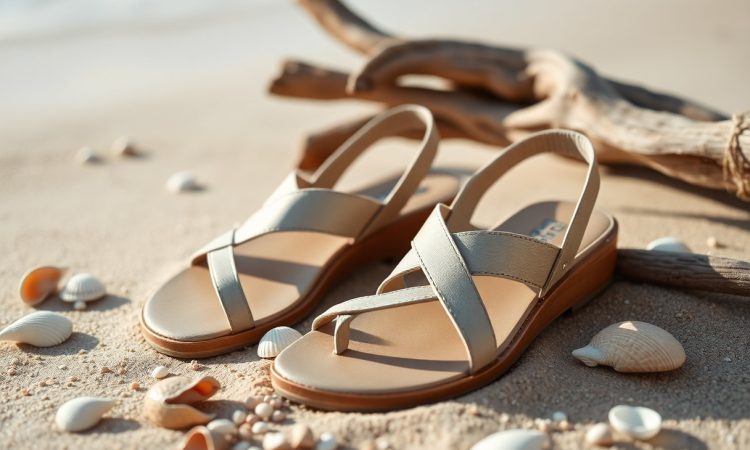



This guide is incredibly relevant, especially considering how unforgiving winter can be. I remember a particularly challenging expedition a few years back, where my fire-starting skills were put to the test in sub-zero temperatures. It really highlighted the importance of not just having the right materials but also the right mindset.
It sounds like that expedition really tested your limits. I often think about how winter can strip away the comforts we usually rely on, forcing us to rely on our inherent skills and resilience. Your experience with fire-starting underscores an interesting point about preparedness—it’s not just about having the right gear, but also about mental fortitude.
You’ve touched on such an important topic here, especially as colder months approach. I remember my first winter camping trip and how daunting it was to even think about starting a fire with numb fingers and swirling snowflakes. It highlights the harsh reality of winter survival skills that many may overlook when planning an outdoor adventure.
Your experience really captures that mix of excitement and apprehension that comes with winter camping. A campfire is not just about warmth; it’s also a mental anchor when faced with the elements. I remember feeling a similar sense of challenge during my first winter outing, fumbling with gear while snow swirled around me.
This guide serves as a crucial reminder of how survival skills, much like fire, are essential in both literal and metaphorical cold conditions of life. I vividly recall a winter camping trip where my ability to start a fire became a defining moment—not just for warmth, but for building camaraderie with friends as we gathered around the flames, sharing stories and laughter despite the harsh environment.
I really appreciate the focus on specialized techniques for starting a fire in extreme cold. I’ve found that not only is having the right gear critical, but also understanding how to prepare your materials can make a huge difference. For example, using natural tinder like birch bark or dry pine needles, which can ignite even when damp, has worked wonders for me. It’s intriguing how different materials respond to cold, and I’ve noticed that the environment itself can dictate what works best.